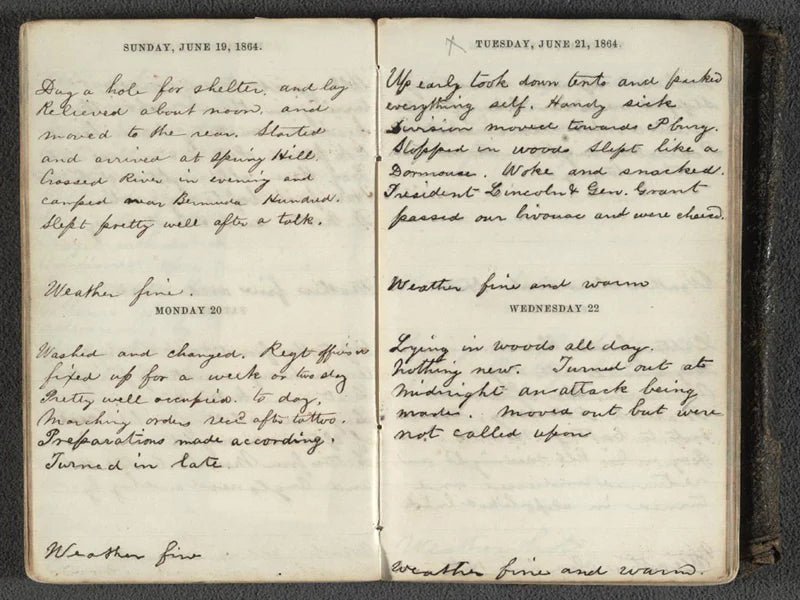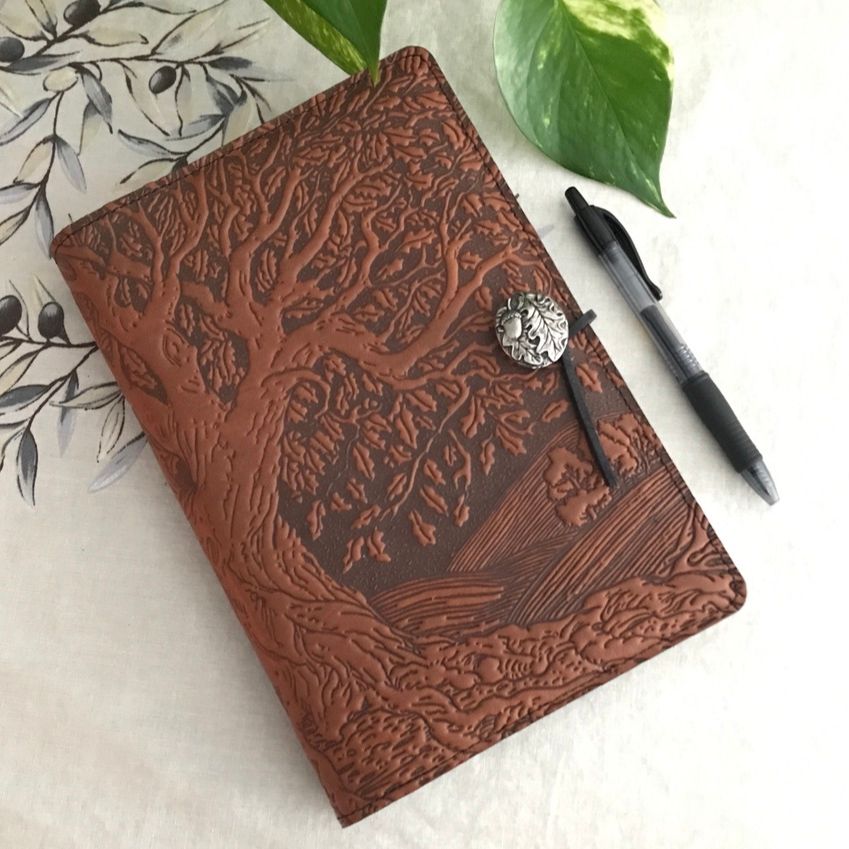Many of us find value in a history of our private thoughts. It helps us focus our thinking and achieve goals; articulate doubt or frustrations and gain resolve. Journaling may be a venue for perceptions to emerge, snippets of poetry and sketches to craft or expressions of love and compassion for others or indeed, ourselves. Writing as a discipline, path or practice, rewards us with nuggets of personal insight. Autobiographical journaling is an ally for personal growth, such as searching for gratitude in simple things or exchanging a smoking habit for the habit of writing.
For the purposes of genealogy notes or immortalizing family traditions such as recipes, rituals or memorable quirks, a family history is an enjoyable pastime worthy of devoting oneself to. When creating a family history in narrative form we can record everyday stories of our children’s lives as they grow or document anecdotal commentary gleaned from conversations with parents, family elders or beloved friends or neighbors. In doing so, we weave a portrait of our everyday life. Remember to provide names, dates and other facts so that people mentioned in your biographical stories will be easily recognizable to future readers.

1835: George Hallen Farther diary page on leaving England to fight in British America.
Benefits of an ongoing memoir or autobiographical writing practice:
- Writing on waking to clear ones thoughts for the day becomes a morning meditation.
- The creation of life lists, updated according to changing priorities, creates a map of your existence.
- Periodic entries at critical life junctures provide relief and comfort like long conversations with a trusted friend.
Format: Morning Meditation
Writing on waking or with your morning cup of coffee or tea, a method much like meditation, requires some discipline to reap the full benefit. Writing in an unselfconscious way, allowing whatever surfaces to be recognized, noted and released, is a practice that aids in emptying the mind.
How:
Wake, reach for pen and journal and write in a flow of consciousness style. Capture the essence or precise description of your morning dreams. Words and sentences you write spontaneously, will describe the character of your mood and energy for the day. This is not about judging what you write, simply documenting what drifts through your mind and releasing it on paper, the joy you feel in a new day or the anxiety of a restless sleep. Much like breathing when meditating, writing and releasing thoughts while staying detached clears the mind and welcomes the creative energy of renewal
Or...take a documentary approach to the same method. Sitting at the table with a warm drink in hand, organize your mind for the day ahead. Make lists and include a narrative line that discloses intimate feelings about your responsibilities, impulses, and wishes for the day. Also welcome spontaneous ideas, critiques, revelation and stories to come forward. This is a chronicle of your inner thoughts and life expectations, one day at a time.
Format: Evening Reverie
For many, the best time for writing is when all other pressing matters have been, figuratively or literally, put to bed. We love quite nights and solitary musing when all the buried subtlety of the day surfaces. We are perhaps more reflective, more apt to be profound as evening thoughts are proof or fiction of a day well lived.
How:
Find your comfort spot, arrange yourself on pillows in bed or nestle into your favorite chair. Position your light and allow yourself to muse, settle down. Take a few deep breaths and a sip of tea and recognize how much you relish this activity, creating a reflective memoir, a blank space for you to fill with your own thoughts. This is unedited commentary that paints a portrait of your life; it leads, you follow. Your own intuitive process dictates when and where you choose to enlarge on or embellish thoughts or ideas. This is a document of your own reverie that, aside from personal narrative, might include project notes, calendar events such as dramatic weather or headlines, family concerns, drawings, designs, or clippings as a part of its content.
Format: Periodic Entry
You may find, especially over time, that the most inspired journaling is captured periodically when you can set aside quiet moments in a busy schedule. These periodic entries will often be precipitated by important events that warrant being written down: a change in relationship or work, an important dream, a wonderful occasion you want to remember in detail, holiday occasions, births, deaths and weddings. Journal writing may be prompted by a vacation or weekend at the beach. Take your journal along in case you feel like reviewing the past few weeks or months or sense you may feel reflective and want to make notes on your inner dialogue.
How:
Trust your intuition or desire to trigger the best time for writing. Own a journal that is easy pack or keep in a bedside drawer. When the desire to make an entry arises, honor it and make a space to indulge your inner calling. Always remember to date your entries, especially if there are long gaps in between. Create a thread of continuity that helps hold the journal together as a document, a map of one to five or even ten years if entries are few and far between. This can be a simple question you ask yourself at the beginning of each entry or a doodled self-portrait that expresses ‘the inner you’ at that moment. Remember, even if it doesn’t seem that relevant or important now, in retrospect it may prove very interesting.
Format: The Life List
List makers live life guided by cataloged priorities, desires and necessities that appear on paper. These lists are maps of our daily life, a vision of clarity and efficiency embedded with personal codes, a directive that frees us from the tyranny of short-term memory! A journal in this style is a pared down rendering of each day, a diary of your lists that you can organize for reference depending on your needs. Try a playful approach, listing not only tasks and material goods, but feelings, lists of flowers you saw on a walk, what gave you pleasure that day, a list of what worries you, your favorite movies, whatever comes to mind. Think of your lists as abbreviated memoirs, reflective not only of your thoughts and needs but the time and place in which you live.
How:
Choose a small journal that’s easy to carry anywhere, lined or unlined depending on your habit. Build lists once a day or throughout the day by interjecting free-form thoughts in list form. Use lists for practical reference or play with the poetry of autobiographical thoughts that trigger a deeper sense of being. A spontaneous list of words: peppers, milk, crackers and wax in which the word wax triggers thoughts of your past: worn linoleum, a house on F Street, fresh bread, grandmother’s braid. Let the autobiographical poetry of memory or expectation weave through the practical. Kept in journal form, we can return anytime to retrace our lists like well-worn routes, re-singing our life back into being.
Format: Recording Family Life
Recording family traditions such as Uncle John’s tall tales, recipes, war stories, rituals or memorable quirks, a family history is a rich, enjoyable pastime and expression of devotion. In narrative form we can record everyday stories of our children’s lives as they grow or document anecdotal commentary gleaned from conversations with parents, family elders or beloved friends or neighbors. In doing so, we weave a portrait of our everyday life for generations to come. Provide abundant detail as you write including some of the dark side with the light to give the family portrait the depth it deserves.
How:
Depending on whether or not you are including past and present events, whether you are detailing one person’s life or an entire extended family, feel free to include artifacts that fit the format you’re working in such as letters or photos, write in legible handwriting and don’t be afraid to include actual dialogue, paraphrased or direct quotes. It will make the text come alive. Remember, when engaging in this type of writing to provide formal names, dates and accurate facts. This way, people mentioned in your biographical stories will be easily recognizable to future readers or family members interested in genealogy.
by Rebecca Smith
 Boy Scout Journal
Boy Scout Journal



